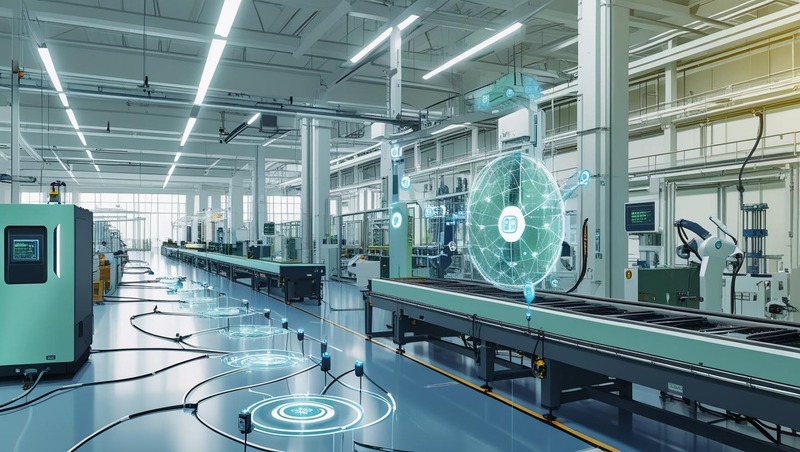Edge computing is rapidly emerging as a cornerstone of smart manufacturing, offering transformative potential across the industrial landscape. As factories become increasingly digitized and interconnected, the ability to process and analyze data at or near the source—rather than relying on centralized cloud systems—is proving to be a game changer. Edge computing not only enables real-time decision-making and faster response times, but also enhances operational efficiency, data privacy, and scalability. As a result, it is unlocking a host of growth opportunities for manufacturers seeking to modernize and gain competitive advantage.
One of the most prominent areas of growth lies in predictive maintenance. Edge devices equipped with sensors and analytics capabilities can monitor equipment conditions continuously, detect anomalies, and trigger alerts before failures occur. This minimizes unplanned downtime, extends equipment life, and significantly reduces maintenance costs. With edge computing, manufacturers can move from traditional scheduled maintenance to a more proactive, data-driven approach, which is particularly valuable in sectors such as automotive, aerospace, and heavy machinery.
Download PDF Brochure @ https://www.marketsandmarkets.com/pdfdownloadNew.asp?id=195348761

Another key growth driver is quality control and assurance. By analyzing product and process data in real time at the edge, manufacturers can detect defects and deviations instantly. Edge-enabled vision systems and AI algorithms can identify surface imperfections, alignment issues, or dimensional inconsistencies on the production line, allowing for immediate corrective action. This level of real-time quality monitoring leads to higher product consistency, reduced waste, and increased customer satisfaction.
Edge computing is also enabling more responsive and agile production processes through real-time process optimization. By monitoring variables such as temperature, vibration, and humidity, edge systems can dynamically adjust machine settings to optimize throughput and yield. In high-mix, low-volume production environments, such agility allows manufacturers to quickly adapt to changing customer demands and reduce setup times.
The rise of collaborative robotics and autonomous mobile robots (AMRs) is also fueling demand for edge computing. These robots rely on low-latency processing to safely navigate, collaborate with human workers, and perform precision tasks. Edge computing ensures that decision-making is fast, localized, and reliable, supporting seamless human-machine interaction on the factory floor.
Cybersecurity and data sovereignty are additional motivators for edge adoption in manufacturing. Processing sensitive operational data locally at the edge reduces exposure to external networks and minimizes cybersecurity risks. It also helps manufacturers comply with strict regulatory requirements related to data privacy and localization, especially in global operations spanning multiple jurisdictions.
Moreover, edge computing facilitates better energy and resource management. By monitoring energy consumption, emissions, and machine efficiency in real time, manufacturers can make immediate adjustments to reduce their environmental footprint. This aligns with growing sustainability goals and supports greener, more responsible manufacturing practices.
In summary, edge computing is not just a technological trend—it is a strategic enabler for manufacturing growth. From predictive maintenance and quality control to robotic automation and sustainability, the deployment of edge intelligence across industrial operations is unlocking new efficiencies and business models. As edge technologies continue to mature and integrate with AI, 5G, and IoT platforms, their role in reshaping manufacturing will only expand, driving the next wave of industrial innovation and competitive advantage.
